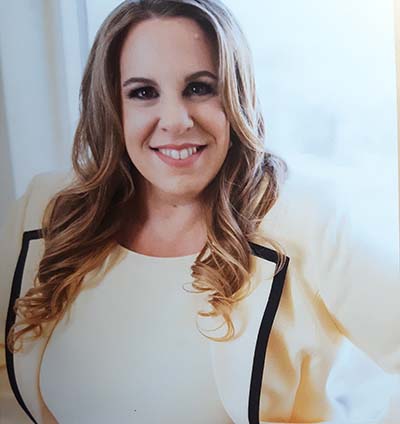Inclusive Design: Building with Longevity in Mind
In the realm of home design, longevity isn’t merely about aesthetics or durability; it’s about creating spaces that adapt and accommodate life’s changing needs. When it comes to accessibility and visitability, overlooking crucial aspects during the design phase can lead to significant hurdles later on. Occupational therapists and specialized contractors, experts in home safety and accessibility, underscore the critical mistakes often made and emphasize why prioritizing accessibility is paramount in building homes for the future.
The Experts’ Perspective
Occupational therapists and contractors specializing in home safety and accessibility consistently highlight certain key mistakes that can undermine the long-term functionality of a home:
1. Ignoring Universal Design Principles:
Universal design aims to create environments accessible to everyone, regardless of age, ability, or mobility. Overlooking this aspect often results in spaces that become barriers rather than facilitators.
2. Neglecting Entryways and Doorways:
Narrow doorways, high thresholds, and inadequate entry with zero steps or safe ramps can restrict mobility and make it challenging for individuals with mobility aids or disabilities to enter or move freely within a home.
3. Overlooking Bathroom Accessibility:
Insufficient space, lack of grab bars, and non-slip surfaces in bathrooms pose significant safety risks, especially for seniors or individuals with disabilities.
Prioritizing Accessibility: Why It Matters
Health and Safety:
Accessibility isn’t just a convenience; it’s a fundamental aspect of safety and well-being. Properly designed spaces can prevent accidents and injuries, promoting a healthier living environment for all residents.
Fall Prevention:
Statistics indicate that a large portion of accidents at home occur due to falls, particularly among the elderly. Accessible design elements, like grab bars and non-slip surfaces, significantly reduce these risks.
Aging Population and Resale Value:
With an aging population, the demand for accessible homes is on the rise. Investing in accessibility features not only caters to current needs but also increases the market appeal and resale value of a property.
All-Inclusive Homes:
Designing homes with accessibility in mind fosters inclusivity, allowing families to comfortably accommodate aging relatives or individuals with disabilities without major modifications.
The Imperative for Change
As the population ages and awareness grows, the need for accessible housing has never been more pressing. The synergy between occupational therapists and contractors specializing in accessibility emphasizes the urgency of integrating these considerations from the outset of home design.
Conclusion
When envisioning the future of housing, it’s essential to move beyond traditional design paradigms. Embracing accessibility and visitability as integral components of home design is not only a matter of convenience but a fundamental step towards creating safer, more inclusive, and adaptable living spaces for everyone, regardless of age or ability.
By learning from the insights of professionals specializing in accessibility, we can pave the way for homes that truly stand the test of time, catering to the diverse needs of individuals and families across generations.
Ryan Salmon OTR/L, ECHM, Specialty Contractor, Accessibility Consultant
www.safeaccessiblehome.com
Originally Published on https://www.safeaccessiblehome.com/blogs/
























